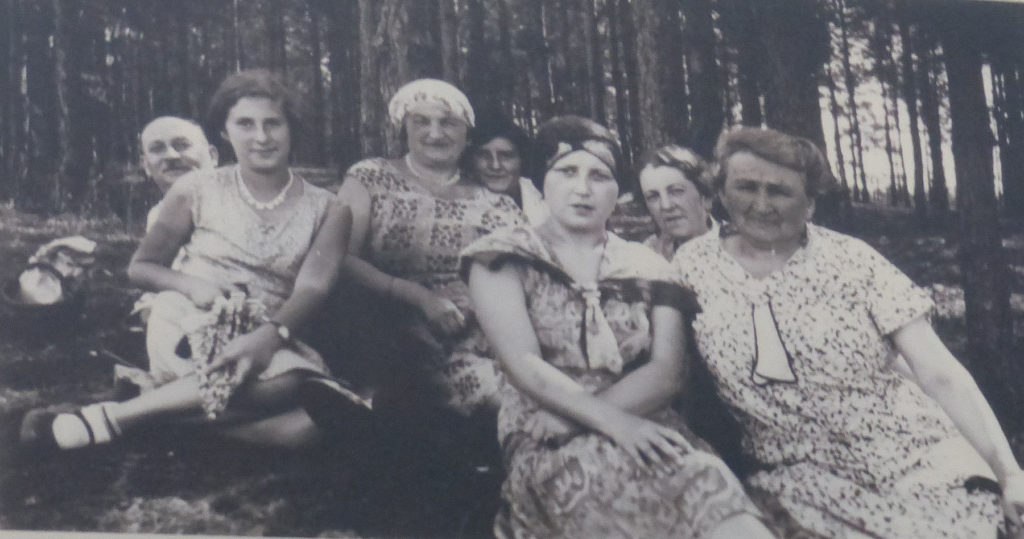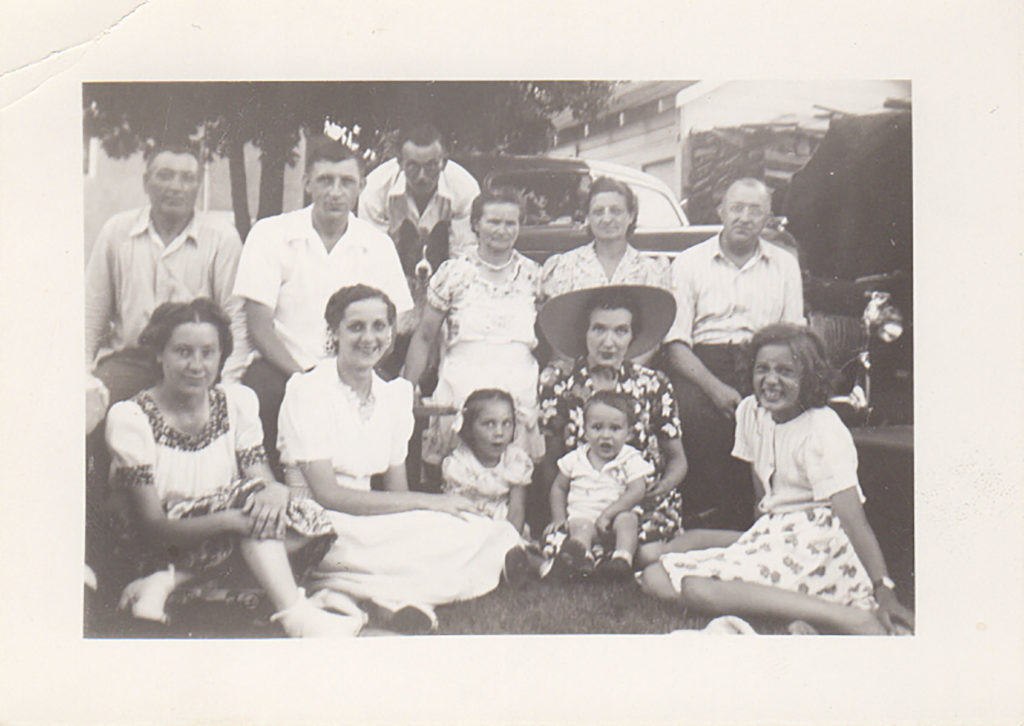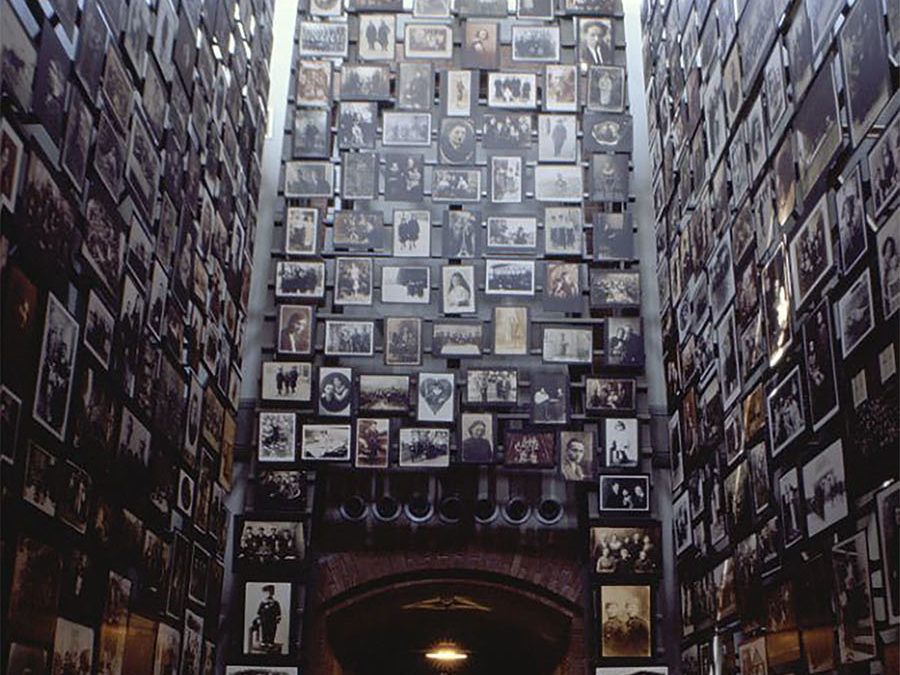During our stopover in Washington DC, Donna and I decided to visit the United States Holocaust Memorial Museum. To say the experience was profoundly moving is an understatement.
When you enter the holocaust exhibit you are given an Identity Card representing an individual who either survived the holocaust—or didn’t.
My Identity Card contained the story of Laura Ellenbogen from Poland. She was one of the luckier ones. In June 1941, the Soviets evacuated Jews near their border to the interior. In the Ural Mountains she did forced labor in a logging camp until 1943 when she was released. She lived in Kazakhatan, Warsaw and a DP camp before emigrating to the United States in 1949.
Donna’s Identity Card contained the story of Shulim Saleschultz also of Poland. Shulim was nine years old when the Nazis invaded his town. He was deported to the Rzeszow ghetto on June 25, 1942, and then to the Belzec camp in July. There, Shulim was gassed along with his mother, brother, and sister. He was 12 years old.
So powerful! Stories of real people brought home the horror and penetrated to the depth of my soul.
For me, the most moving part of the museum was The Tower of Faces. This three-story tower displays photographs from the Yaffa Eliach Shtetl Collection. Taken between 1890 and 1941 in Eishishok, a small town in what is now Lithuania, the photographs depict a vibrant Jewish community that existed for 900 years. In 1941, an SS mobile killing squad entered the village and within two days massacred the Jewish population.
At the beginning of your tour, you are whisked to the third floor of the museum and then walk down in a circular fashion. And every time you make a circuit, you come into close contact with a section of The Tower of Faces.
At one point, I stopped in my tracks, mesmerized by one photo. It was the photo of a happy family posing during a family picnic in the countryside. I knew that picture. It was not my family. But I knew that back in Chicago, I had a family photo very much like that. You know the saying: “There but for the grace of God…” I don’t know if I agree with that saying. I can just hear God saying: “Leave me out of this…” But, I do know that if circumstances had been different that could have been my family, a family wiped out by the evils of World War II.
And today, in 2018, with hatred toward others growing to a crescendo point in our very own country, that consideration is becoming a real possibility. Food for Thought…
Look at these photos. Do you have a similar photo in your family album?

Look at this family photo taken in happier pre-WWII days near the Yaffa Eliach Shtetl, a 900-year-old Jewish village in Lithuania. It’s very similar to the photo below, isn’t it? Read on…

My family: This is a black and white group shot of my mom (left, front), Aunt Sophie, Uncle Eddie, Grandma, grandpa and others I don’t recognize. The similarity between this photo and the similar family photo (above) in the Yaffa Eliach Shtetl Tower of Faces Exhibit at the
United States Holocaust Memorial Museum in Washington D.C. really moved me.
I realized that this could have been my family—so alive and then exterminated when
the Nazi’s SS Mobile Killing Squad entered the village in 1941 and massacred all the Jews.
Resources:
The United States Holocaust Memorial Museum
https://www.ushmm.org
The United States Holocaust Memorial Museum (USHMM) is the United States’ official memorial to the Holocaust. Adjacent to the National Mall in Washington, D.C., the USHMM provides for the documentation, study, and interpretation of Holocaust history. It is dedicated to helping leaders and citizens of the world confront hatred, prevent genocide, promote human dignity, and strengthen democracy.


Recent Comments